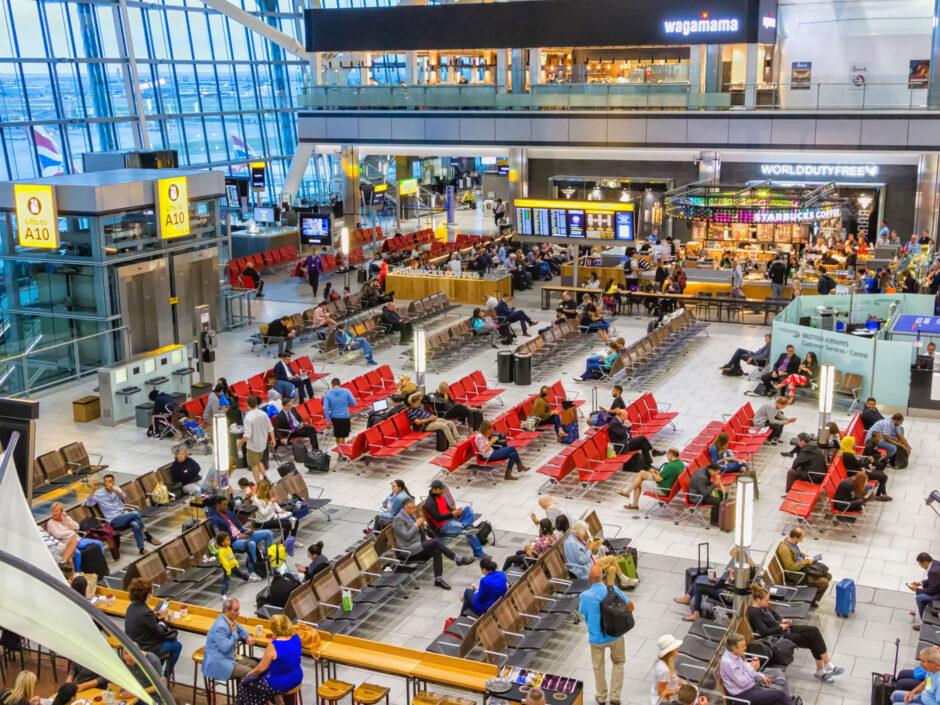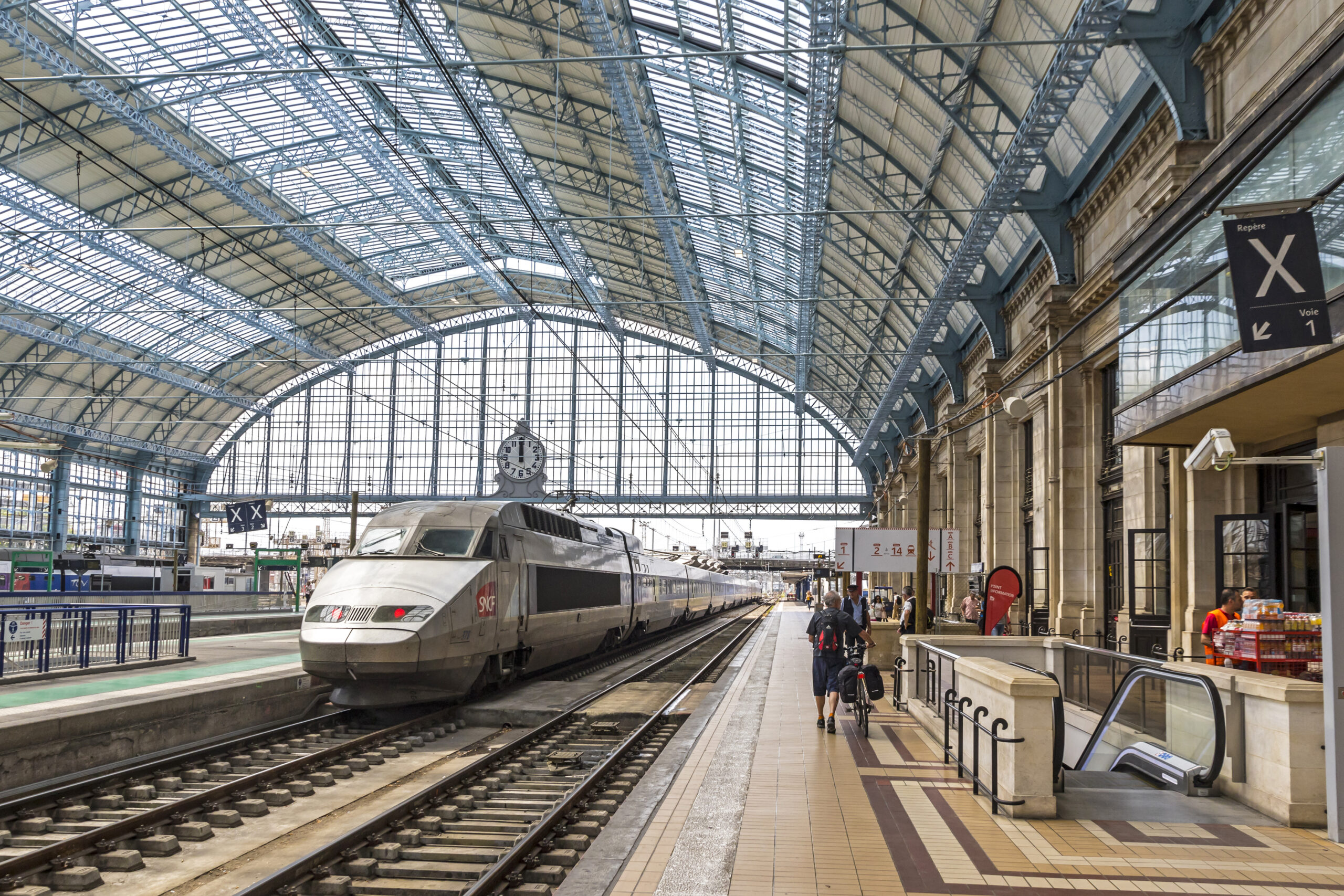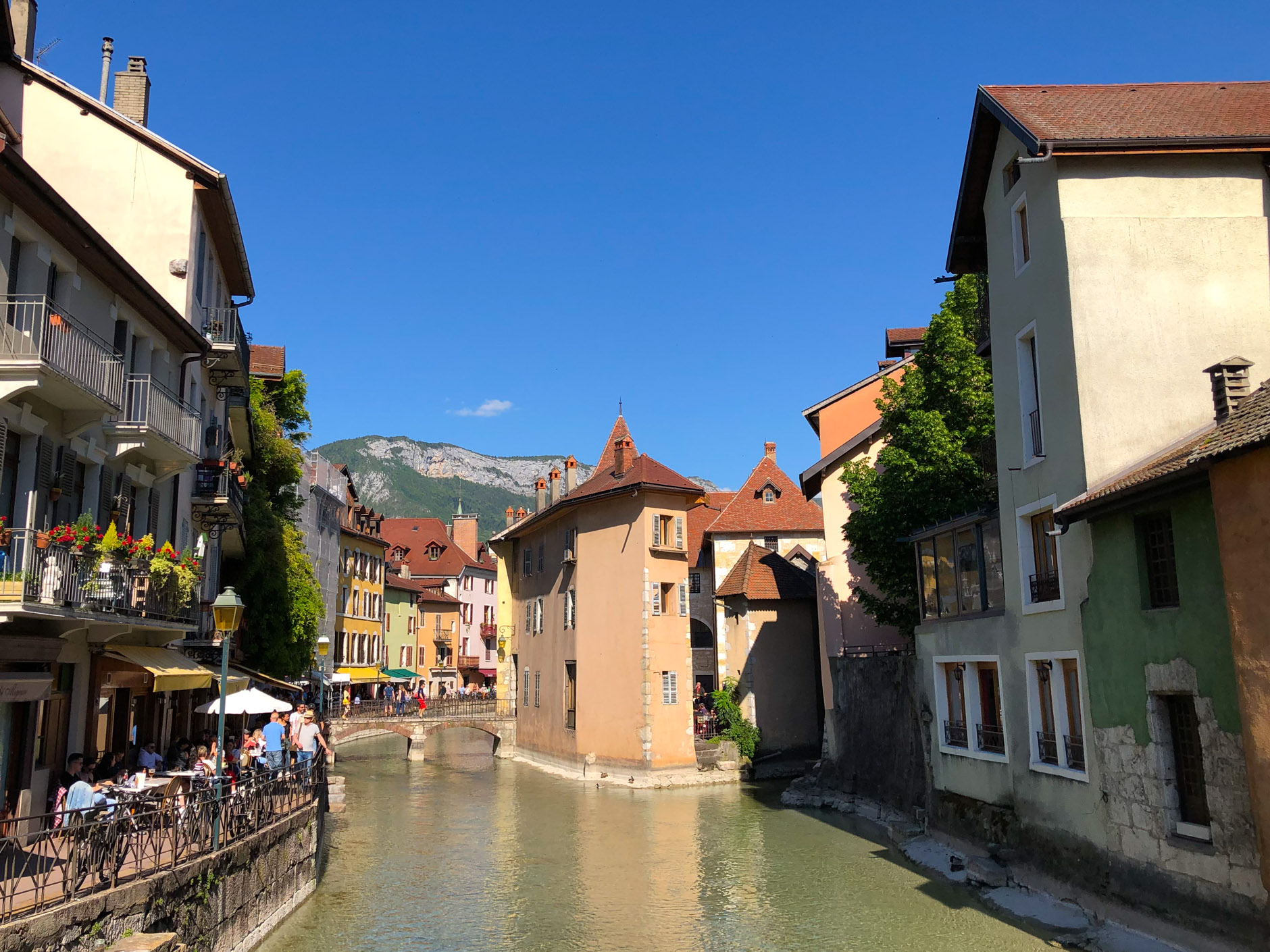Not too long ago I found myself standing in the middle of Doha Airport’s cavernous transit area, staring at the corpse of the world’s largest teddy bear. It had definitely ceased to be, more so than the average teddy, because somebody had the bright idea of skewering it with an enormous table lamp. Ostensibly, this clean, well-lit bear kebab is a modern art installation. It was bought by a Sheikh on a whim as a pointed middle finger, not just to his neighbours, but also to sensibility and good taste.
If this were installed in Trafalgar Square it would have been defaced, or rather improved, almost immediately. But because it was installed as the centrepiece of a terminal in the desert, nobody seemed to care. Just as well, because airports are just about the most absurd places in the world. Not just Doha Airport, all of them. They are united in their absurdity and alienating nature. Airports have the ability to drain people’s life-force, neutering them insofar as it makes bearable the experience of being herded through endless corridors while supervised by armed guards. An airport is an extremely high-stress environment, but one where you are coerced into staying calm.
Passing through an airport is not a pleasant experience. That is why the more expensive your plane ticket, the less time you need to spend in one. Low cost carriers make you wait hours in line at gate 103, after interminable security checks. First and business class passengers receive priority check-in, priority security and priority boarding. In the brief interregnum between security and boarding they are shuttled off to a lounge, where they are plied with Champagne and given free massages to distract them from the airside experience. In Hong Kong, Cathay Pacific’s lounge is equipped with bathtubs. Lufthansa stocks their first class bathtubs with rubber ducks. At Heathrow, I was once ushered from the lounge to my seat on the plane while still wearing pyjamas.
Railway stations play host to great dining rooms where journeys began and ended. At an airport, no matter how early you arrived, somehow you only ever had time for a sandwich
Think of the last airport you visited. It doesn’t matter which one. When you stepped in, Muzak filled the stale filtered air as if the whole departure hall was one big lift. Families – and it is always families – huddled in the corner anxiously. Exasperated mothers shouted at their rowdy children while frantically repacking their suitcases and weighing them repeatedly on portable scales, hoping the excess weight would magically disappear. Under the departure board, a businessman scowled into his phone, saying an obligatory goodbye to his wife halfway across the world. His carry-on bears the scars and scuffs of the places he has passed through without looking. At the check-in desks, the snaking queues spilled into the aisle. It was held up by a backpacking couple with travel pillows around their necks, trying their luck with an upgrade.
Past security, the first sight that greeted you was the duty free shop. It sold whisky, perfumes and cigarettes by the carton, but everything was just ever so slightly different from the products in the real world. They were labelled “travel retail exclusive”. It meant they’d been imported from a parallel universe. You were forced to meander through the duty free shop; it was the airport’s last valiant attempt to take your money before you escaped into the clouds.
Then there were the restaurants which only served single-course meals with a side of anxiety. Railway stations play host to great dining rooms where journeys began and ended, like Gare de Lyon’s Le Train Bleu. At an airport, no matter how early you arrived, somehow you only ever had time for a sandwich.
In their purest form, airports are coach stations for buses that fly. From the outside, Luton Airport even looks like a coach station, with its grimy grey corrugated façade and miles of railings lining the bus bays at the entrance. On the inside however, it’s just a shoddier version of somewhere else. And somewhere else could be anywhere on the planet. About thirty years ago, the boom in passenger aviation that gave us the Airbus A380 superjumbo also gave rise to jumbo airports that could handle the massive planes. In the Middle East, gargantuan terminal buildings started springing out of the desert, but their builders had no idea what to do with all the space. In 2007, I transited in Dubai for the first time. It took an hour to walk from one end of the terminal to the other. Though my memory of a transit sixteen years ago is undoubtedly hazy, I would never forget that an airport that massive only had three kinds of shops – one that sold dates, one that sold booze, and a Cinnabon. As if it were designed by a consultant making PowerPoint slide templates, those three shops repeated themselves ad infinitum through the terminal.
Airports are places we are forced to go for the express purpose of being somewhere else
Airports have more in common with each other than with the countries and cities they purportedly represent, and the only thing that gives away an airport’s location is the souvenir shop. Heathrow, JFK, and Hong Kong Airport each has a branch of Caviar House and Prunier, a seafood bar specialising in mediocrity. The airport in Siem Reap, the gateway to Angkor Wat, was designed to look like a Cambodian palace. The interior was off-white hallways and grey benches. There was a Burger King. One could have confused it with Atlanta. The only thing unique about Siem Reap was the visa application process – seven uniformed men sat in a row, each taking his turn to look at my passport like a human conveyor belt.
Like the mythical river Styx, an airport is a bridge between two worlds. There is the noisy, chaotic, overwhelming world we live in, and the mystical, cold and beautiful world that can only be found 38,000 feet in the air. On a quiet day a few Septembers ago, I found myself waiting for a delayed flight in Stockholm Airport. It was appointed in a stereotypically Scandinavian fashion, with birchwood and brushed aluminium finishing everywhere. Tall, blonde people rushed about with purpose and conviction. An old lady called out the next departing flight on the tannoy, her muffled voice echoing through the hallways. It was there I realised nobody at that airport wanted to be there. After all that deliberate hassle – queuing at the check-in desk, fumbling about with coins at security, walking a mile to the departure gate – airports are places we are forced to go for the express purpose of being somewhere else.
I can only imagine what an airport in Antarctica would look like. A large, rectangular shed adjacent to a field of ice would welcome travellers who have come to see the edge of civilisation. It would be bleached white, like a hospital waiting room for the healthy. Lo-fi Brian Eno would blast through the loudspeakers on repeat. There would be a WH Smith’s, a Boots and a Pret in the departure hall. And right in the middle, between the baggage carousels, a statue of a penguin would stand on a pedestal, with a lamp growing out of its head.
June 2023
Cover photo licensed by Adobe.






